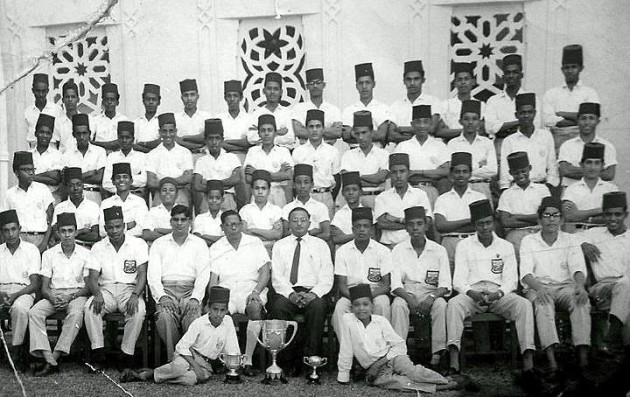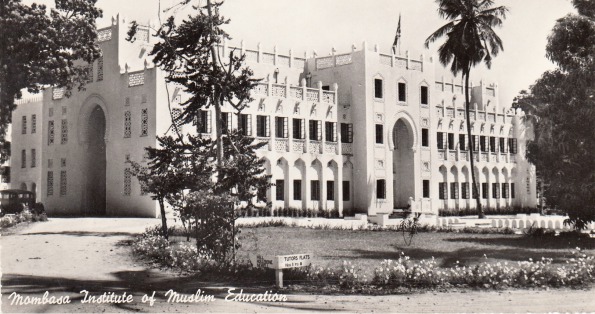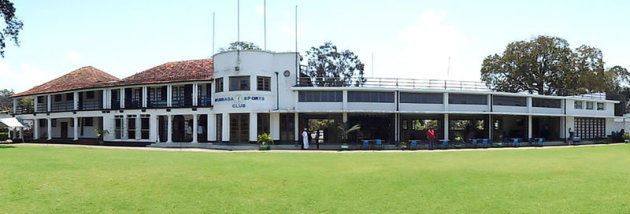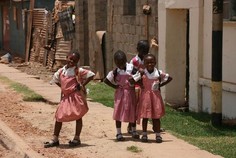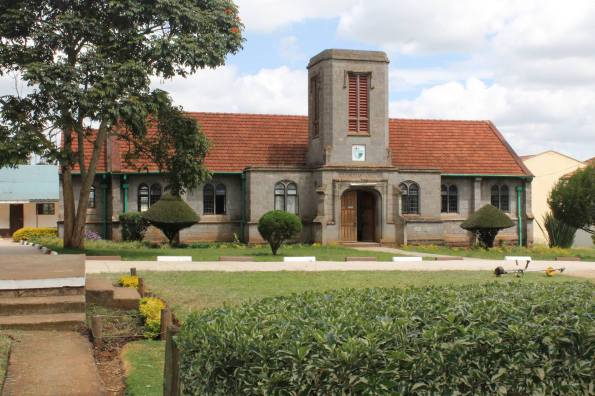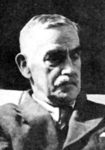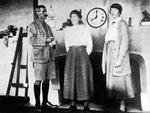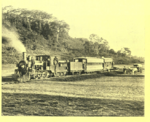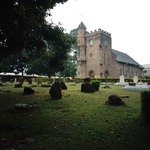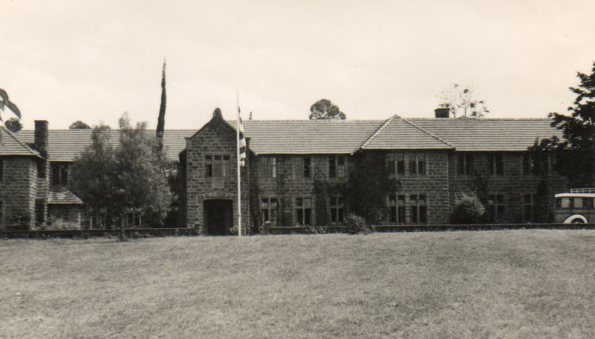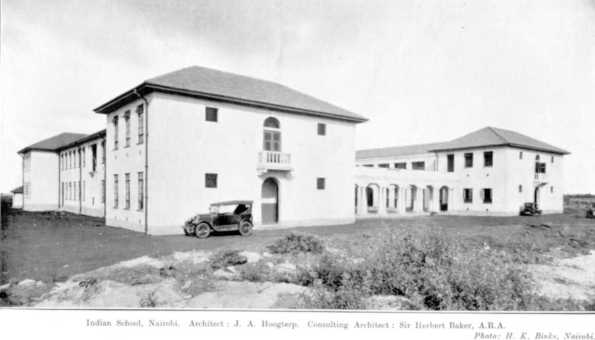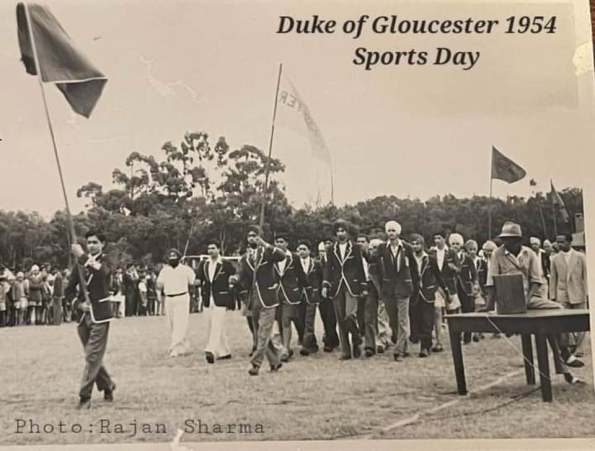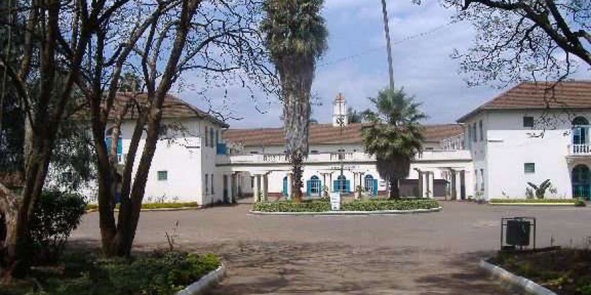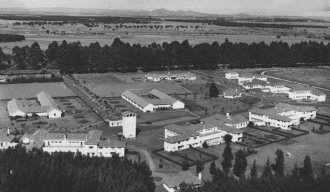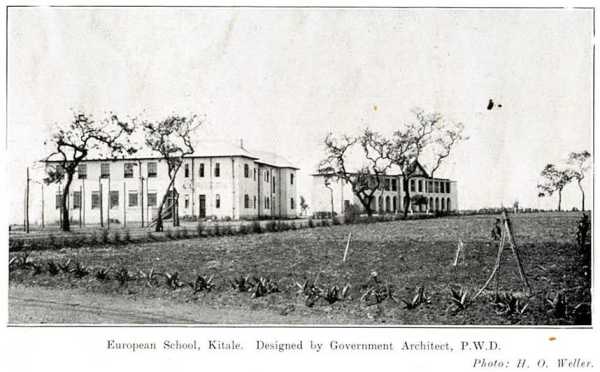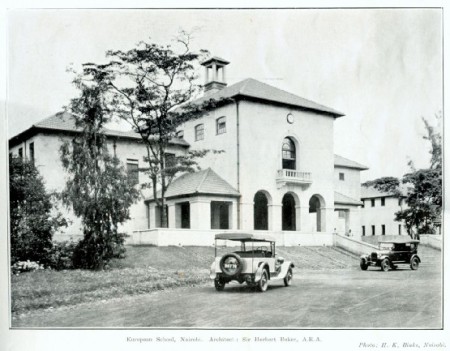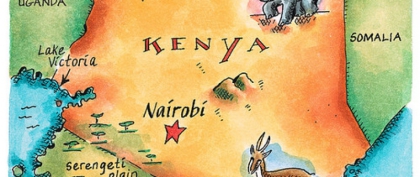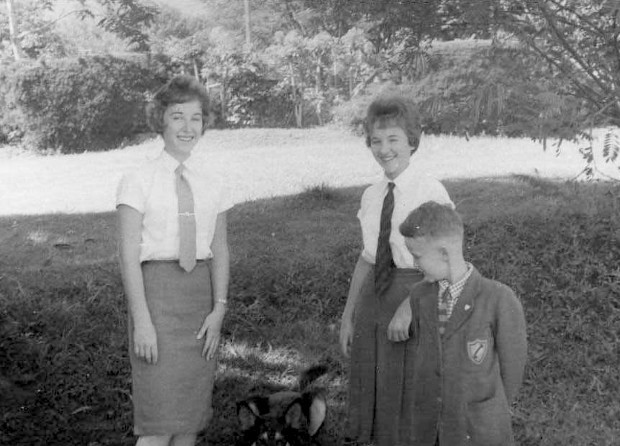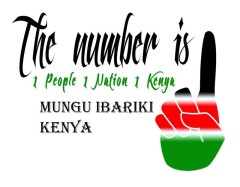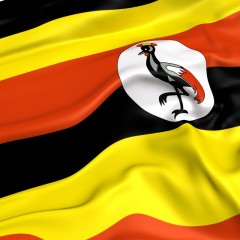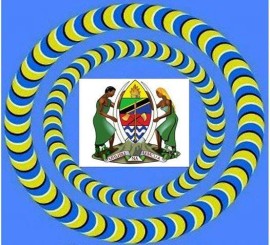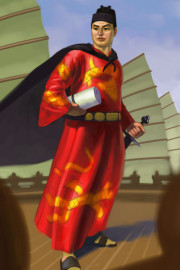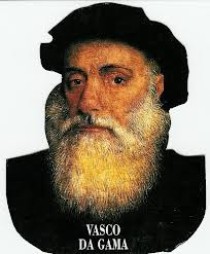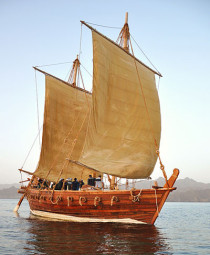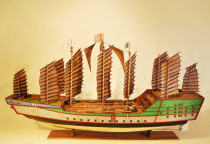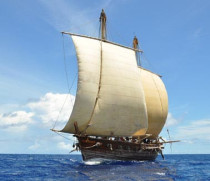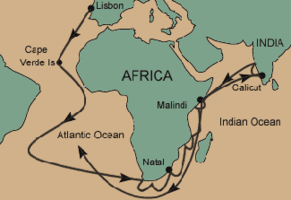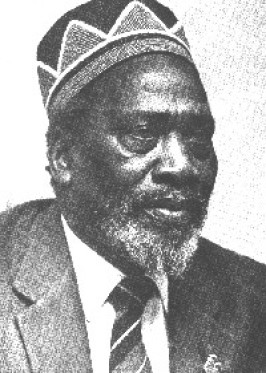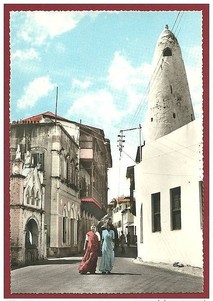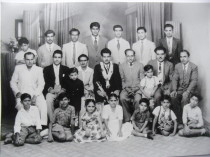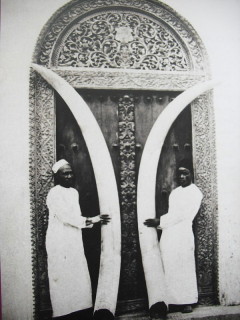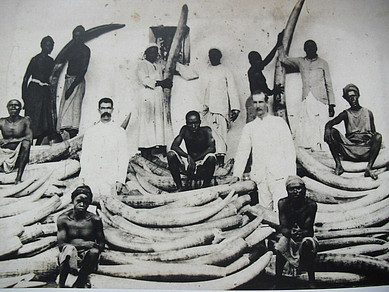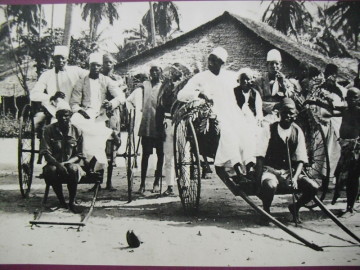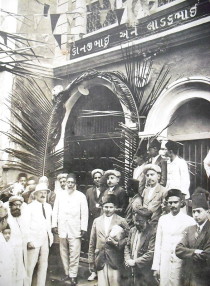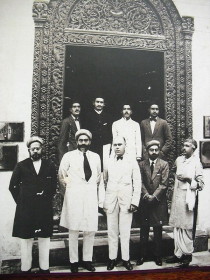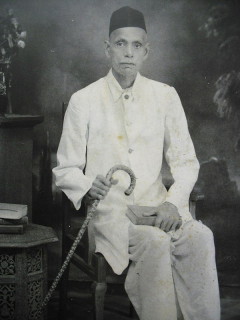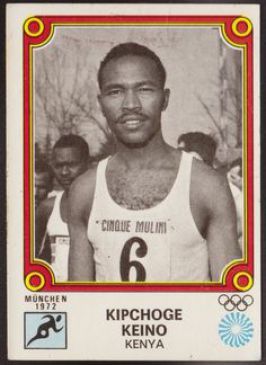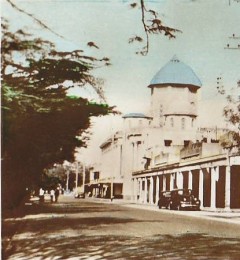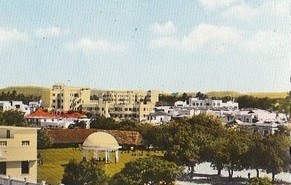Aga Khan High School, Mombasa, established 1918
The origins of The Aga Khan High School, Mombasa date to the opening of the the boys’ elementary school in 1918 and the establishment of the girls school in 1919.
https://ismailimail.wordpress.com/2015/08/12/aga-khan-high-school-mombasa/
https://ismailimail.wordpress.com/2016/09/26/aga-khan-high-school-mombasa-established-1918/
Mombasa European Primary School (MEPS) TIMELINE HISTORY-1935 to 1962
Mombasa European Primary School (MEPS)
TIMELINE HISTORY-1935 to 1962
The school dates back to 1935 that’s nearly 80 years!
1935.
The EUROPEAN SCHOOL
Mombasa was started. There are no formal records of this, but it was a banda on the present school site andthe Head Teacher was a Captain White. He was “Acting Principal” on loan from the Allidina Visram high School
http://www.mepsoldboys.com/wp/wp-content/uploads/2012/11/MEPS-History.pdf
Mombasa European Primary school
RETRACING THE ROOTS OF KENYA’S OLDEST MUSLIM SCHOOL
The phases of Mombasa varsity over the years
History of the Mombasa Sports Club
It is said that you can't get three Englishmen together in a foreign country without them forming a club. Thus in Kenya it was not surprising that all sorts of clubs came into being in the early colonial days. The history of the Mombasa Sports Club can be traced back to 1896 and together with the Mombasa Club, which was established in the same year, has the distinction of being one of the two oldest clubs in Kenya.
http://www.mombasasportsclub.co.ke/index.php/en/about-msc/background
KENYA SCHOOL ASSOCIATIONS
Coastweek - - Where and how to contact your old school friends
? A good
site to start with is found at http://www.alumni.net/Africa/Kenya/
Limuru Girls School
Arnold Buttler McDonnell
In the year 1904 a British settler, Arnold Buttler McDonnell arrived in Mombasa from England aged 28 and ready to settle and start a new life
in IBEA.Up until then he had been living with his parents and working as a junior architect back home. He collected all his savings and moved to Africa to unknown uncertainties.
From Mombasa Arnold headed or made his way to the hinterlands and past the Nairobi railway station he headed western up the mountainous uplands to a small settlement called LIMURU, he
settled adjacent to that settlement at a place called TIGONI, the present day richest village in Kenya. He purchased a 350 acres piece of land from the British government who then had moved the
Africans and owned the tracts of the fertile lands then coined the name White highlands to claim ownership without repatriations.
He then began his hand in farming and named his new place KIAMBETHU FARM or the foggy farm which subsequently earned the name of the district and a county today with a shortening of the name to
KIAMBU.
Sadly none of his crops that he had initially tried to grow prospered due to the Limuru areas high altitude.
Three years after his arrival, his long-time sweet-heart, Agnes Evelyn joined him there. The two had maintained a long term relationship or rather a love affair and thus couldn’t stand to
being apart from each other. As soon as she arrived Arnold received her in Mombasa and the two married the same day there before their journey to the inland. Arnold then took his wife into the
African highlands to his farm and the two began their farm life there at Tigoni Kiambethu farm.
About a year later they were blessed with a daughter Evelyn Mitchel McDonnell’s and in the coming years the two had three more daughters.
With more children in the farmhouse Arnold became inevitably a family man. As the provider of his household he wanted his daughters to receive the best care and education that he could
offer. He sought after the seedlings that could do well in his farm. In 1918 a friend sent him seedlings from India to experiment with, the seedlings being in optimum climatic conditions he took them
to the soil and they did exceptionally well. Arnold McDonnell would later be remembered as the first commercial tea planter in Africa and his timeless efforts has earned Kenya as the third best
producer of tea in the world after Sri Lanka and Brazil.
Upon the McDonnell’s girls nearing the school going age, Arnold and Agnes were in dilemma and had to look for the best way to educate their girls. They employed a special governess to home
school their girls as they were no schools or European curriculum standard school in the Tigoni area.
Meanwhile Arnold as an architect and ambition with a cause embarked on a mission to construct or put up his own school for his children.
Hill preparatory school was built on Kiambethu farm in 1922 and because he had only daughters he decided that the school will be admitting only girls. His eldest daughter Evelyn was the
first student or pupil and the governess he had recruited was the headmistress.
Word in Tigoni spread about the Hill preparatory school and eager parents both European and Africans were ushered into the school with open arms.
Hill prep school introduced the girls to a formal education that modelled the British public education system. As McDonnell’s girls grew and went through her father’s school the
institution increased in number of pupils and the impact was felt in the whole of Tigoni area.
When the first born Evelyn was set to transition into secondary education, Hill prepped and transformed gradually into LIMURU GIRLS SCHOOL.
While the school developed, McDonnell turned back his attention to his Tea farming. His agribusiness took off in leap a and bounds around 1926, so much so that he decided to sell the
school and the 60 acres of land that it was sitting on of his farmland to the Church commissioners Society. Limuru Girls school ownership changed times several more times until it was finally taken
over by the government in 1974.to date it remains under the government’s custody as an accredited National public secondary school.
Almost half a century after his death, Arnold Butler McDonnell’s devotion is remembered through the presence of LIMURU GIRLS SCHOOL OR CHOX as some call it and the lush greenlands of the best tea in Africa and the world and the richest village in Kenya which is TIGONI
Tea and Limuru School
What have Kenya tea and Limuru Girls’ School got in common? The answer is Arnold Butler McDonell, the founder of both the Kenyan tea industry and Limuru School. Three McDonell brothers,
Ronald, George and Arnold, and their sister Gertrude (later Magee), came to East Africa in 1905 and 1906. Arnold (born on 17 October 1872 at Forest Gate, London) found work at a logging station, but
in 1910 bought 350 acres at Limuru, where he built a house and started a farm, which he called Kiambethu. Because of the altitude (7,200 feet) he failed with corn, flax and coffee. Then the First
World War intervened and he joined the East African Mounted Rifles.
https://oldafricamagazine.com/tea-and-limuru-school/
Limuru Girls School
https://paukwa.or.ke/limuru-girls-school/
State House Girls
https://paukwa.or.ke/state-house-girls/
Arnold Butler McDonell
https://www.ancestry.co.uk/genealogy/records/arnold-butler-mcdonell-24-cvwhfj
McDONELL, Arnold Butler 'A.B.'
KIAMBETHU TEA FARM
https://www.distantdreamssafaris.com/tours/kiambethu-tea-farm/?v=be7f575c3bc9
All Saint's Church
McDONELL-Arnold Butler
He settled for a Victorian country church concept. Nairobi architects, Cobb and Archer, did the working drawings while an Indian mason called Premji took the role of contractor. At its completion in 1940, a princely £1,200 had been spent.
Places Africa ™
@ThePlacesAfrica
On 7th April 1940, All Saints Tigoni was consecrated by the Bishop of Mombasa, Reginald Percy Crabb, and its first service, on Easter Day, was Holy communion which realised a record KES 664 and 55 cents in collections.
http://www.eamemorials.co.uk/EAMemorials/KENYA/Limuru%20All%20Saints/AllSaintsChurch145.htm
Limuru Girls' School targets facelift after 100 years
Kenton College and its history
In the heart of Kileleshwa in Nairobi, stands a little school with a deep history. Brick by brick, the school has consistently maintained its status, from
way back when, as one of Kenya's leading Preparatory Schools.
In 1890, Rev. Henry Edwin Scott joined The Church of Scotland as a medical missionary. He was an educated man known for his academic excellence and athletic
nature. In December l907, he was stationed at Kikuyu in British East Africa Protectorate to act as the head of the Church of Scotland Mission. Scott was an active member of the community and the
colonial Government Board of Education. He gained the respect of many through his work. Sadly, in 1911, at only forty eight years old, Scott died.
His memory was carried on the following year. The colonial administration saw the need to build an infirmary for the European settlers in Kijabe. Funded by
Sir Northrup McMillan, the project commenced in August of 1912. Part of the plan was to ensure the hospital had the best staff.
Miss Frances Violet Donkin was a known nurse and midwife in Britain and was considered well-equipped to
run the Sanatorium. In 1913, she arrived in East Africa just in time for the Sanatorium's opening in May.
During Miss Donkin's first tenure at The Scott Memorial Sanatorium, she met a German hunter by the name Fritz Schindler. In classic fairy-tale style, the
two fell in love and started making plans to get married.
However, in January of 1914, Schindler was mauled by a lion. He was fortunate in that he managed to escape and found his way to the professional care of his fiancé.
Violet did her best to tend to his wounds but shortly after his arrival, Schindler succumb bed to his injuries. Violet, distraught by the loss of her intended, travelled back to England but later
returned and resumed her duties as a head nurse. Little is recorded about the happenings within the infirmary from then. Eventually, the building was abandoned.
Cont:.....
https://paukwa.or.ke/kenton-college/
First Asian School, Jamhuri High School
First Asian School, Jamhuri High School, formerly known as Government Indian School and later The Duke of Gloucester School, is one of the oldest schools in Kenya. It was founded as a Railway Educational Centre in 1906.
Duke of Gloucester School, Sports Day, ca. 1954. Jamhuri High was founded in 1906 as a Railway Educational Centre. Before independence, the school only accepted Indian community students hence the name Government Indian School. In 1955, the institution rebranded to The Duke of Gloucester School. It was named after Prince Henry (Duke of Gloucester). However, after independence, the school was renamed Jamhuri High School. Jamhuri is a Swahili word that translates to Republic in English. Since then, the school has diversified to enrol African, Indian, and white students. Today, it is popularly known as "Jamuu" and nicknamed "Duke". The renowned Kenyan constitutional law Prof. Yash Pal Ghai is one of its prominent alumni. Others include: Vimal Shah of Bidco, veteran journalist Salim Lone, veteran banker Urjit Patel, former Chief Justice C. B. Madan/ Abdul Majid, etc.
https://www.facebook.com/p/Duke-of-Gloucester-School-Nairobi-Kenya-100068490577933/?locale=en_GB
Click below......
Westlands Primary School Nairobi Kenya
Duke of York School
http://www.mccrow.org.uk/eastafrica/Duke%20of%20York%20School/Duke%20of%20York%20School.htm
Eldoret School
http://www.mccrow.org.uk/eastafrica/Hill_School_now/OldHill.htm
Kitale School
Kisumu Boys
Old Cambrian Society
European Nairobi School
http://www.oldcambrians.com/History-EuropeanSchoolNairobi.html
School in Kenya
Teaching school in Old Nairobi
http://www.brickproject.com/teaching-school-in-old-nairobi/









